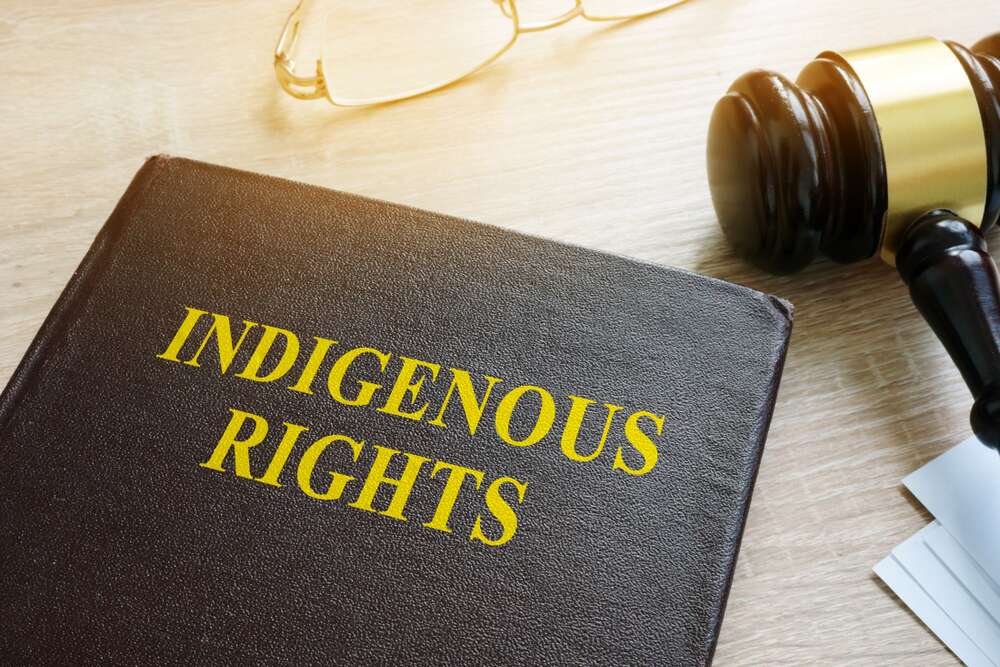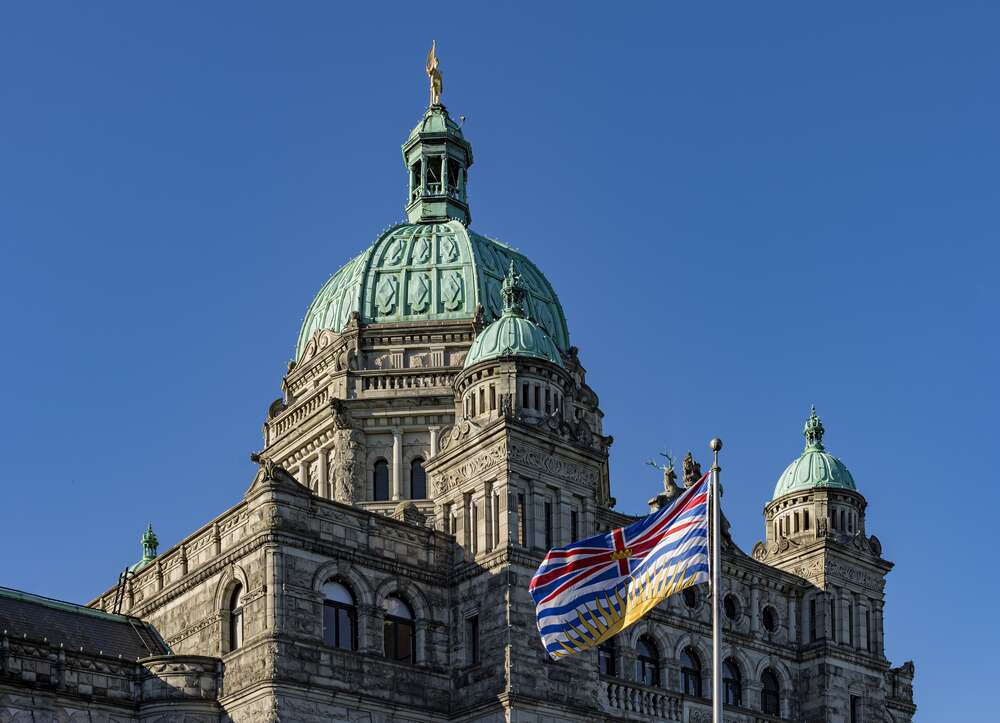It is commonplace for Canadian governments to emphasize their commitments to advancing reconciliation with Indigenous Peoples while simultaneously taking positions in court rooted in the denial of Indigenous Peoples’ title and rights.
This spring, the Government of British Columbia took an initial step towards addressing this issue through its Directives on Civil Litigation Involving Indigenous Peoples. If fully implemented, the Directives provide an opportunity for the provincial government to fundamentally shift its approach to litigation on Indigenous rights.
The Directives
The new policy consists of 20 policy directives government lawyers must follow when representing BC in civil (non-criminal) litigation involving Indigenous Peoples.
The objective of the Directives is to advance reconciliation by avoiding costly, protracted litigation and promoting the negotiated resolution of disputes between Indigenous Peoples and the Crown.
Under the Directives, BC government lawyers must approach litigation from a starting place of recognizing Aboriginal and Treaty rights. In particular, lawyers must seek to reduce the length of court proceedings by avoiding the practice of denying all aspects of an Indigenous party’s claim or otherwise undermining the existence of the Indigenous party’s rights, seeking agreement on issues of fact and law, and pursuing alternative dispute resolution processes, including processes based on Indigenous legal traditions.

Why They’re Important
It is often assumed that litigation involving Indigenous rights is, by definition, a lengthy, expensive and protracted process.
This need not be so. In many cases, the length and complexity associated with resolving Indigenous rights issues is determined by the positions taken by the Crown in the course of litigation.
For example, in the landmark Calder case, the Nisga’a Tribal Council sought confirmation that the Nisga’a people held title to lands in the Nass River Valley in British Columbia. The case marked the first time a Canadian court recognized the continued existence of Indigenous Peoples’ land rights based on their use and occupation of their lands prior to the arrival of Europeans and assertion of Crown sovereignty. Despite the novel issues in the proceeding, the trial took only five days.
By contrast, in Delgamuukw – the case which would ultimately establish the test for Aboriginal title under section 35 of the Constitution Act, 1982 – the trial lasted 374 days over a three-year period.
The disparity in the length of time required for the trials was largely due to the fact that in Calder, the provincial government admitted that the plaintiffs’ ancestors used and occupied their territory since before colonization, whereas in Delgamuukw, the Crown held the Indigenous plaintiffs to strict proof of their use and occupation of their lands.
As Indigenous lawyers and scholars have noted, the Directives have the potential to directly address this issue by requiring government lawyers to take specific, concrete steps to ensure their approach to litigation is based on the recognition of Indigenous rights. The Directives’ emphasis on the use of Indigenous legal traditions in the context of settlement negotiations further increases the likelihood that litigation will be resolved based on both Indigenous and Canadian law.
If adhered to, this approach could substantially shift both the procedural and substantive outcome of litigation involving Indigenous Peoples and the issues which flow from colonization.

Looking Ahead
What the government says and does in the courtroom is just as important as in the political realm.
BC is currently facing a number of significant cases involving critical issues associated with Indigenous Peoples’ rights and the provincial government’s corresponding obligations. The Directives provide a roadmap for the government to revisit its approach to these and other proceedings in a way that provides tangible proof of its stated commitment to reconciliation with Indigenous Peoples.
It remains to be seen whether the province will embrace this opportunity, or continue to approach litigation in a manner which seeks to disregard and undermine the rights of Indigenous Peoples.

First Peoples Law LLP is a law firm dedicated to defending and advancing the rights of Indigenous Peoples. We work exclusively with Indigenous Peoples to defend their inherent and constitutionally protected title, rights and Treaty rights, uphold their Indigenous laws and governance and ensure economic prosperity for their current and future generations.
Kate Gunn is partner at First Peoples Law LLP. Kate completed her Master's of Law at the University of British Columbia. Her most recent academic essay, "Agreeing to Share: Treaty 3, History & the Courts," was published in the UBC Law Review.
Connect with Kate on LinkedIn and Twitter
Nico McKay is a lawyer at First Peoples Law LLP.
Connect with Nico on LinkedIn and Twitter
For more First Peoples Law analysis, visit our blog
Sign up for our First Peoples Law Report
